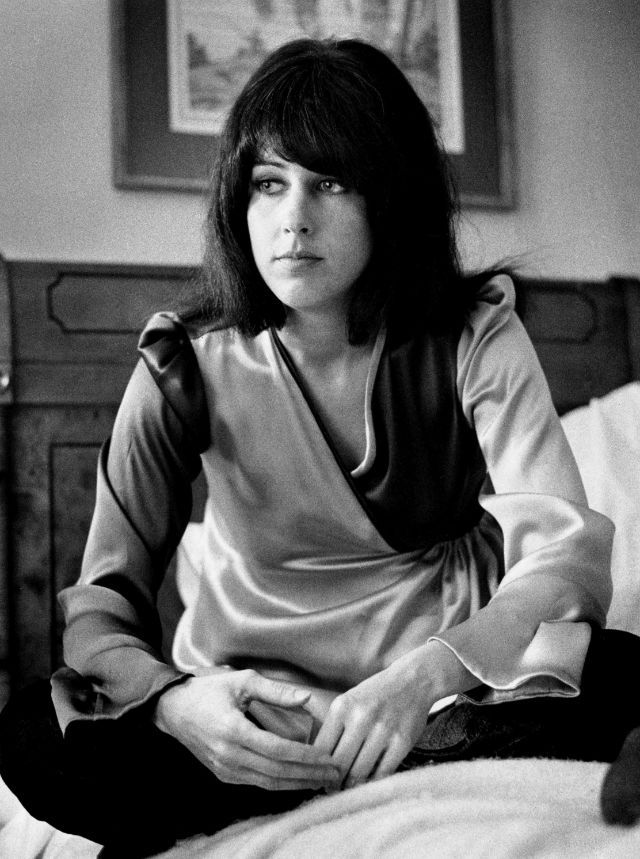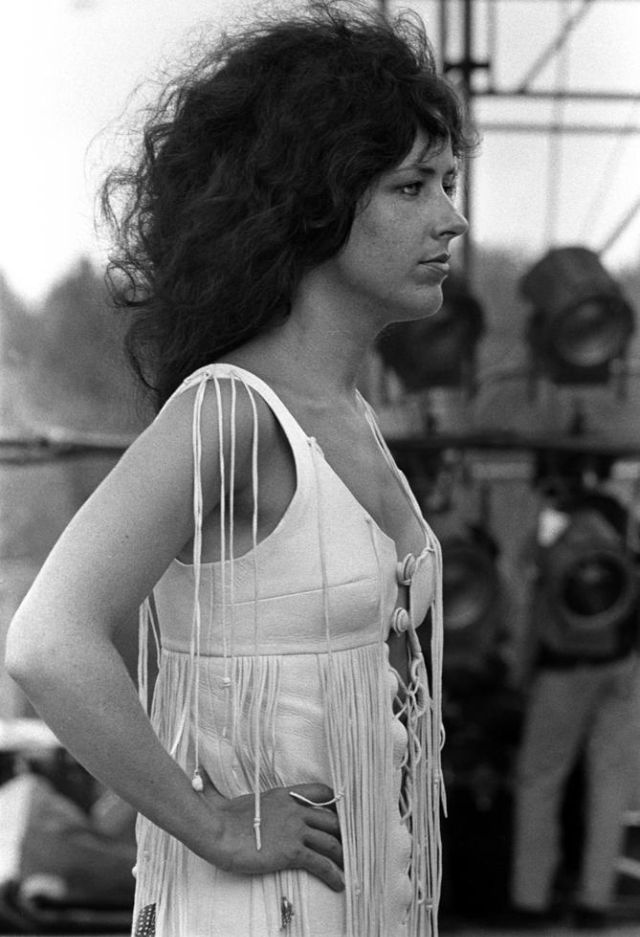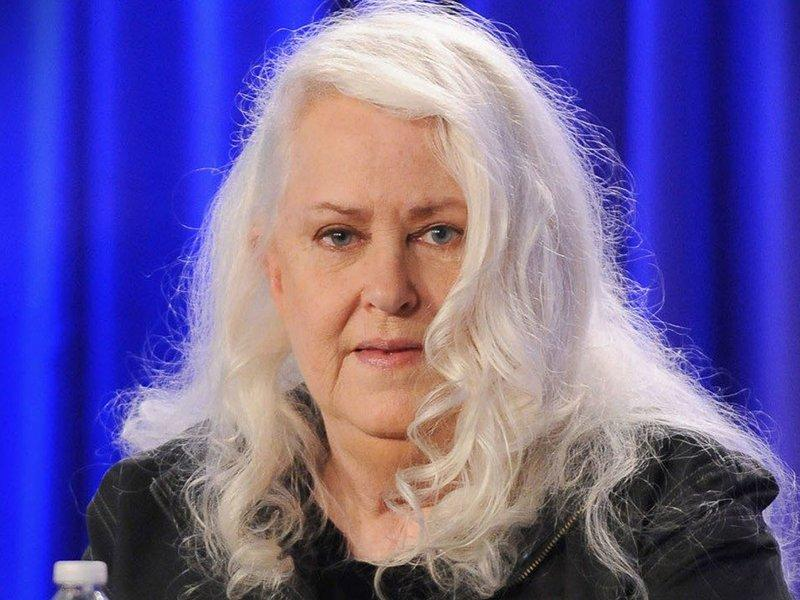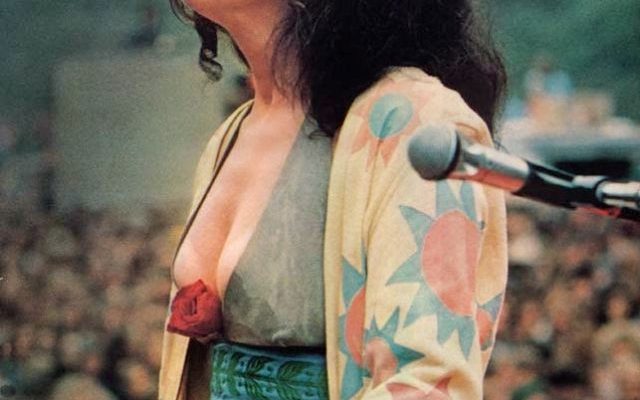Her voice was raw, hypnotic, and filled with rebellion. Grace Slick wasn’t just another rock star—she was a cultural force who shattered norms, pushed boundaries, and helped define the sound of the psychedelic rock movement. As the powerful lead vocalist of Jefferson Airplane, she played a crucial role in the counterculture revolution of the 1960s and ‘70s.
But what happened after her golden days in rock? Where is Grace Slick today? Let’s dive into the legendary career, lasting impact, and life beyond the stage of one of rock’s most influential voices.

The Early Years: From Art Student to Rock Icon
Before becoming a rock and roll legend, Grace Slick had a very different path in mind. Born on October 30, 1939, in Evanston, Illinois, she spent much of her early life in California, where she attended Finch College and later studied at the University of Miami.
However, the world of art and academics wasn’t enough for her. Inspired by the burgeoning San Francisco music scene, she pivoted from painting to performing, forming The Great Society in 1965. While the band had some local success, it wasn’t until she joined Jefferson Airplane in 1966 that her career truly took off.

Jefferson Airplane: The Psychedelic Revolution Begins
When Grace Slick joined Jefferson Airplane, she brought with her two powerhouse songs that would define the band’s legacy:
✔ “White Rabbit” – A psychedelic anthem, inspired by Alice in Wonderland and the drug culture of the 1960s.
✔ “Somebody to Love” – A raw, electrifying track that captured the era’s free-spirited rebellion.
These songs turned Jefferson Airplane into one of the biggest bands of the era, placing them at the forefront of San Francisco’s Haight-Ashbury scene and making them a staple of the 1967 “Summer of Love”.

A Voice That Defined a Generation
Grace Slick wasn’t just a singer—she was a symbol of defiance, independence, and unapologetic individuality.
✔ She had a commanding stage presence that was both mesmerizing and rebellious.
✔ Her lyrics challenged societal norms, promoting free expression and anti-establishment ideals.
✔ She wasn’t afraid to push limits, becoming one of the first women in rock to openly discuss controversial topics like drug use, politics, and feminism.
Jefferson Airplane’s influence extended beyond their music—they became the voice of a generation questioning authority and demanding change.

From Jefferson Airplane to Jefferson Starship
By the early 1970s, Jefferson Airplane evolved into Jefferson Starship, adapting to the changing music landscape.
Grace Slick remained a key member, continuing to deliver electrifying performances and chart-topping hits. However, with success came struggles—she battled alcoholism, which led to controversial moments both on and off stage.

One infamous incident occurred in Germany in 1978, where she showed up intoxicated and hurled offensive comments at the audience, leading to her temporary departure from the band.
Grace Slick’s Solo Career and Return to the Spotlight
Despite setbacks, Grace Slick wasn’t finished with music. She pursued a solo career, releasing albums such as:
🎵 “Manhole” (1974) – A psychedelic-infused album that blended experimental sounds.
🎵 “Dreams” (1980) – A more polished, introspective record that showed a different side of her artistry.
🎵 “Software” (1984) – A venture into electronic rock, reflecting the ’80s music shift.

Though her solo career didn’t reach the heights of Jefferson Airplane, it showcased her versatility and artistic evolution.
By the mid-1980s, she reunited with Jefferson Starship, now simply called Starship, helping the band score mainstream hits like:
🎶 “We Built This City” – A massive pop-rock anthem from 1985.
🎶 “Nothing’s Gonna Stop Us Now” – A chart-topping ballad from 1987.

Retirement: Why Grace Slick Walked Away from Music
Unlike many rock legends who cling to the stage, Grace Slick chose to walk away from music in 1989, at the age of 50.
Her reasoning?
“Rock and roll is for the young.”
She believed that aging rockers trying to reclaim their youth looked out of place and preferred to leave the stage with dignity.

Life After Rock: The Artist Returns to Her Roots
After stepping away from music, Grace Slick returned to her first love—art. She reinvented herself as a visual artist, creating:
🎨 Surreal paintings of rock icons like Jim Morrison, Janis Joplin, and Jimi Hendrix.
🎨 Abstract and fantasy-inspired works, drawing inspiration from her psychedelic past.
🎨 Limited edition prints, which gained recognition in the art world.
Her artwork became highly sought after, proving that her creativity wasn’t limited to music.

Grace Slick’s Lasting Impact on Rock and Culture
Even though she stepped away from the music industry, Grace Slick’s legacy remains stronger than ever.
✔ She broke barriers for women in rock, paving the way for female-fronted bands.
✔ She was unapologetically bold, refusing to conform to industry expectations.
✔ Her music still resonates, with songs like “White Rabbit” and “Somebody to Love” remaining timeless anthems.

Where Is Grace Slick Now?
Today, Grace Slick enjoys a quiet life away from the spotlight, focusing on her art and personal passions.
She continues to share her opinions on music, politics, and culture, often offering unfiltered takes on the modern world. Though she no longer performs, her spirit remains deeply embedded in rock and roll history.

Final Thoughts: A Rebel Who Never Faded
Grace Slick wasn’t just a singer—she was a revolutionary force in music, challenging norms and redefining what it meant to be a woman in rock.
Her influence goes far beyond the golden era of psychedelic rock—it continues to inspire generations of musicians, artists, and free thinkers.

Even though she left the stage behind, her voice, her spirit, and her rebellious energy will never be forgotten. Grace Slick remains one of rock’s greatest icons—an artist, a trailblazer, and a legend.



